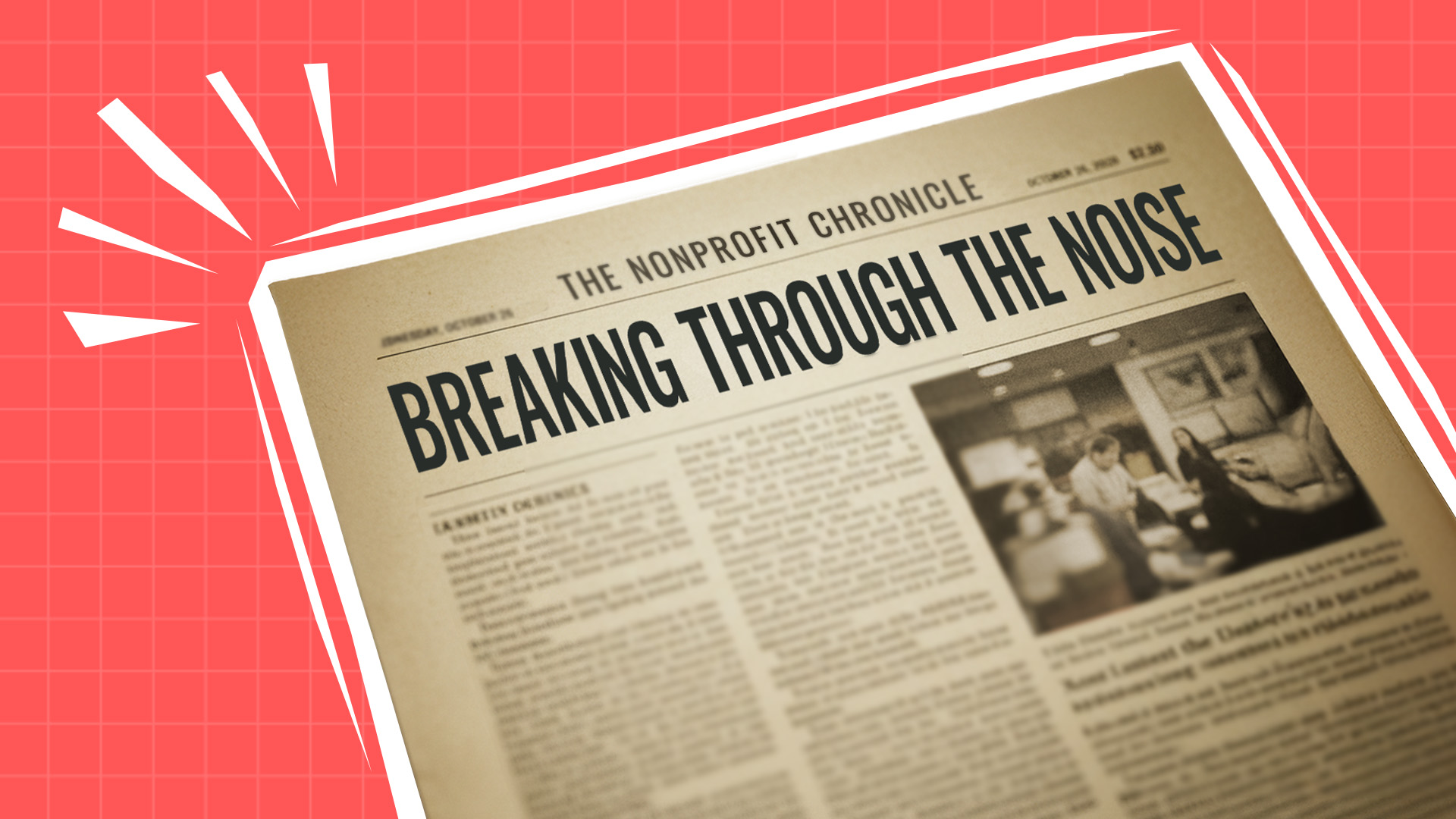
In my role as the EVP of Strategic Engagement at Masterworks, I have the unique privilege of delving into the direct response and development programs of remarkable organizations across Christendom. I’ve recently had conversations with several faith-based organizations that are investing heavily in new donor acquisition through multiple channels. While this may seem like a positive strategy on the surface, there's an underlying challenge that needs addressing. The organizations in question are potentially investing their acquisition budget in too many channels.
We measure a myriad of things — response rates, average gift amounts, return on ad spend, and more... While these metrics are important, they are not the most important measurement of new donor acquisition performance. Long-Term ROI is.
Long-Term ROI is simply dividing the Long-Term (over five years) Donor Value by the cost to acquire. Once you calculate Long-Term ROI for each acquisition channel, it becomes an easy exercise to determine how much you can spend on the channel that is producing the highest Long-Term ROI.
Let’s say that your digital marketing efforts are producing the highest Long-Term ROI. The next step is to determine how much can be spent on digital marketing. Essentially, you work your way down the list until you run out of acquisition budget.
I first went through this exercise as the director of marketing for World Vision. We had about 15 new donor acquisition channels, ranging from television and magazine advertising to radio and the Christian artist program.
It turned out that the Christian artist program was our highest performing channel in terms of Long-Term ROI. So, we began allocating more of our budget to that program as much as we could, then moved to the second-best-performing channel, and so on until our budget was exhausted. In the process, we eliminated acquisition channels that weren't delivering acceptable long-term results.
Today, I observe that many ministries allocate their acquisition budget based solely on first-gift ROI or on a subjective "gut feel" for what's working. One marketer explained cutting their digital ad budget saying, "It didn't seem to be working very well." What they didn't realize was that their digital ads were generating excellent Long-Term ROIs.
Just as you wouldn't invest in a mutual fund without tracking its performance over time, the same principle applies to your new donor acquisition budget.
In conclusion, the key is to shift the focus from immediate gains to Long-Term ROI. By strategically allocating resources based on this metric, organizations can build a sustainable foundation for impactful and enduring donor relationships. It's not just about acquiring donors; it's about cultivating lasting connections that stand the test of time.
Want to discuss the type of Long-Term ROIs we believe your program can achieve? Send me an email at rstarks@masterworks.agency!








.jpg)




